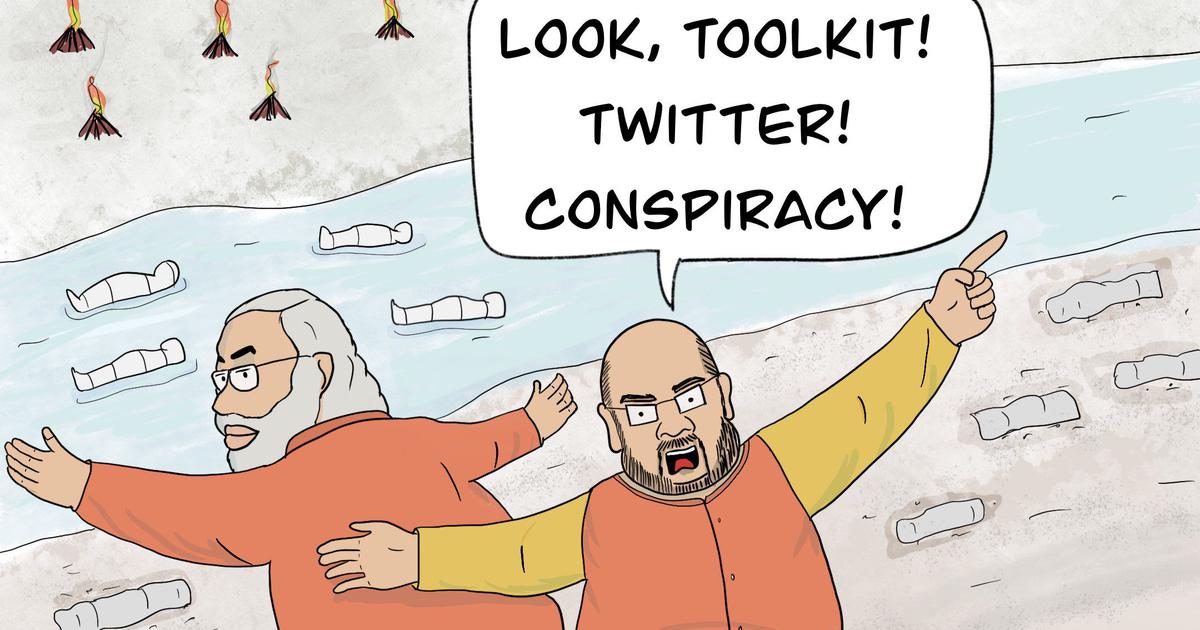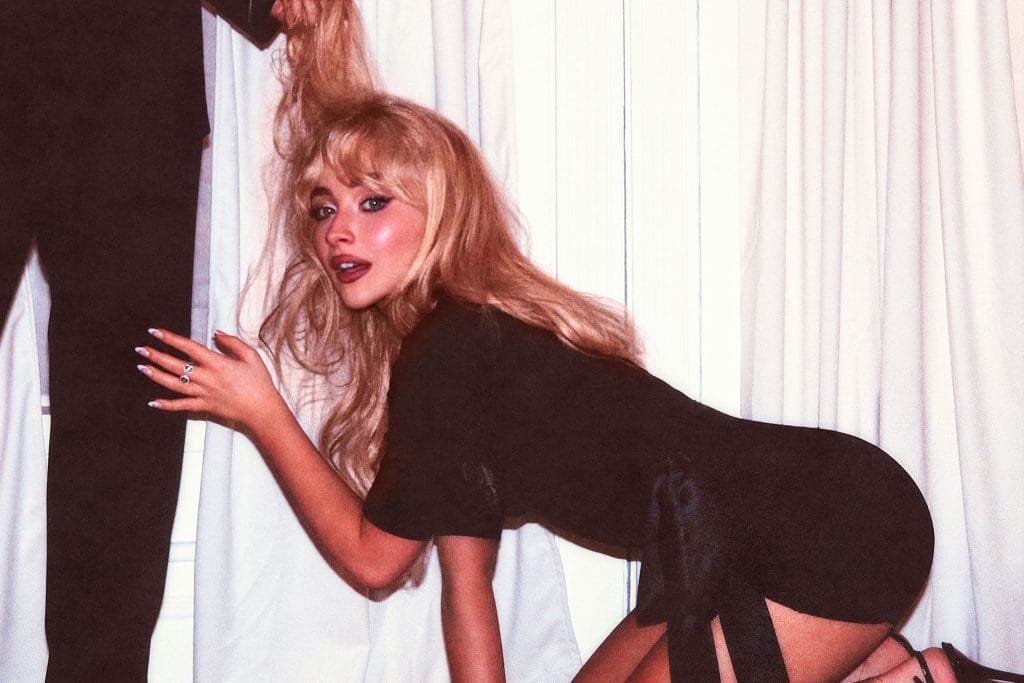If you’ve been on the internet over the last year, you have definitely seen one of PenPencilDraw’s comics. Having posted their first comic just in April 2020, PenPencilDraw has managed to (deservingly) garner a massive online following, with their art mentioned in reputed publications including The Economist.
What makes PenPencilDraw important is that their art is deeply political and holds a mirror to the devastation that the present government has caused to the country. Bite-sized and unapologetic, they force you to look closely and gift you a laugh in the process as a bonus.
This is an interview with PenPencilDraw, where we learn a little more more about this enigmatic artist.
Hamsadhwani Alagarsamy: Who is PenPencilDraw? Why do you prefer that the world not know? Will we ever know?
PenPencilDraw: I prefer to stay anonymous for now because it gives me some detachment from the work, which expands creative freedom (and provides some limited protection from harassment). As with everything else, this too may change.
In the short term, we may see more concerted government action in India against comedians and cartoonists. People in power generally don’t like being made to look silly. But in the long run, with new technologies making it easier for people to reach more readers and listeners, governments will likely find it difficult to keep a lid on art and humor
Considering the ferocity with which the government has been clamping down on dissent over the years and throwing people in prison under outdated laws of sedition, this decision to remain anonymous is an understandable, and in fact, smart. From throwing teenagers in jail for sharing a ‘toolkit’ on Twitter to hundreds of Kashmiris being arbitrarily detained for the slightest stepping out of line, it is a terrifying reality that the government has created for us to live in
HA: It’s mind blowing that you posted your first-ever comic just over a year ago, on April 5th, 2020. Your work has received massive attention and following since then. It has been mentioned in reputed publications like The Economist. How does that make you feel, considering the deeply political nature of your work?
PPD: The attention is lovely of course, mainly because it means that people are actually reading the cartoons. I wish I could say that I draw only to express myself, but to tweak that old thought experiment, if a joke is cracked in a forest and nobody hears it, is it still funny?
HA: While your art is manifestly and intentionally political, do you believe all art is always political?
PPD: It probably depends on one’s definition of politics. A lot of humor is, intentionally or not, about power, and so is definitely political in that sense.
HA: In the wake of the State actively curbing dissent, are you worried for the future of your art, other satirical art, and art in general?
PPD: In the short term, we may see more concerted government action in India against comedians and cartoonists. People in power generally don’t like being made to look silly. But in the long run, with new technologies making it easier for people to reach more readers and listeners, governments will likely find it difficult to keep a lid on art and humor.
I’m not a trained artist, so I actually have very little idea of what the rules are. I generally try to not spread harmful stereotypes, or support ideas of superiority based on gender, caste, religion, species, or other morally irrelevant factors
The artist has also created several comics about surveillance, be it in the context of the invasive Arogya Setu app or the facial recognition technology employed by the police.
HA: Are there any rules you follow in your art? Any boundaries you don’t cross?
PPD: I’m not a trained artist, so I actually have very little idea of what the rules are. I generally try to not spread harmful stereotypes, or support ideas of superiority based on gender, caste, religion, species, or other morally irrelevant factors.
With satirical art, there is always someone or something that is the butt of the joke. Thus, PenPencilDraw’s rule of trying not to perpetuate harmful stereotypes is incredibly important as it ensures that communities that are already vulnerable are not harmed further.
At the same time, people in and with power are what satirical art should be aimed at, because they can take the ridicule and in fact be pushed to do their job – (which affects the public at large) better. This is precisely what PenPencilDraw’s art does.
Also read: Kashmir’s Political Cartoon Culture And The Power That It Symbolises
PenPencilDraw’s art covers a lot of issues related to law and policy – from the draconian Unlawful Activities Prevention Act (UAPA), to misogynistic Supreme Court judgments as well as the IT Rules. They indicate a critical understanding of the law and provide an easy source for the general public to get an analysis of legal conflicts as well.
HA: I’ve read that you’re a lawyer. When did you start drawing and what inspired you? Would you consider a full-time career in art at some point? Or is art just a hobby and do you prefer being a lawyer?
PPD: I’ve been great friends with comics and cartoons since childhood. I started learning to draw during a sabbatical some years ago, and began posting drawings during last year’s lockdown. I’d love for it to be the only thing I do, provided it pays some bills and cleans up after itself.
HA: Which other artists’ work do you admire?
PPD: This answer could fill a book. Of those working now, some favourites are Priya Kuriyan, Sandeep Adhwaryu, Surendra, Alok (Caricatured), Satish Acharya, Sumit Kumar, and Rachita Taneja. Others include Mona Chalabi, Randall Munroe, Amy Kurzweil, Zach (Extrafabulous), Reza Farazmand, Adam Ellis, Tom Gauld, Roz Chast, and the one and only Gary Larson, who came out of retirement last year.
The kind of art that PenPencilDraw and some of the artists they admire make is culturally very important. In times of political and social turmoil, art provides a way for dissent and simultaneous release, both for the creator and the viewer who interacts with it.
It also helps usher in new perspectives and interpretations in diversely creative ways; not to mention that art, especially in the age of the internet, is easily accessible. This is why authoritarians fear it so much and resort to extreme measures to deter it.
We thank PenPencilDraw for taking the time out to speak with us.
Also read: Censorship & Political Correctness In The Age Of The Internet
Featured Image Source: Scroll
About the author(s)
Hamsadhwani is a law student and anti-caste socialist feminist. Abolish the conditions that produce the prison.




